Soiya (ソイヤ) / 4 Thrusts (4突き)
Overview
Soiya (also known as 4 Thrusts) is a waza also used in conjunction with OAD and Nihai during the A-melo. It is always performed at the end of an OAD set and can transition into either another OAD set or into the B-melo. Though you will not see Soiya itself performed outside the A-melo, the thrusting motions of this waza are applicable to many other waza. Mastering this waza will help with learning other more advanced wazas.
Starting Stance
The starting stance will be the same as the initial positon of OAD. This waza usually follows 4 swings of OAD.
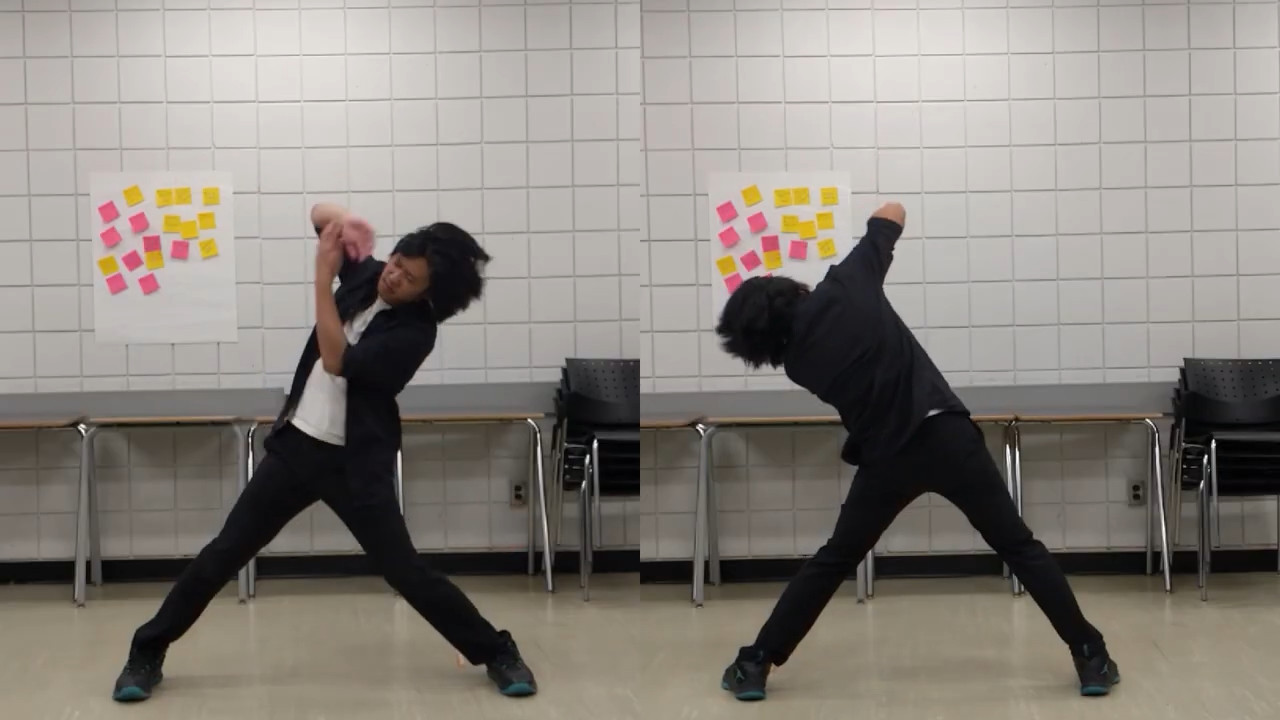
Look at the Sky
After your fourth swing of OAD, bring extend your right arm backwards behind you, then up in a large circular motion. Your head should move upwards, looking at your right arm. While this is happening, your left arm will move down to your waist in resting position. All together, this motion takes one beat.
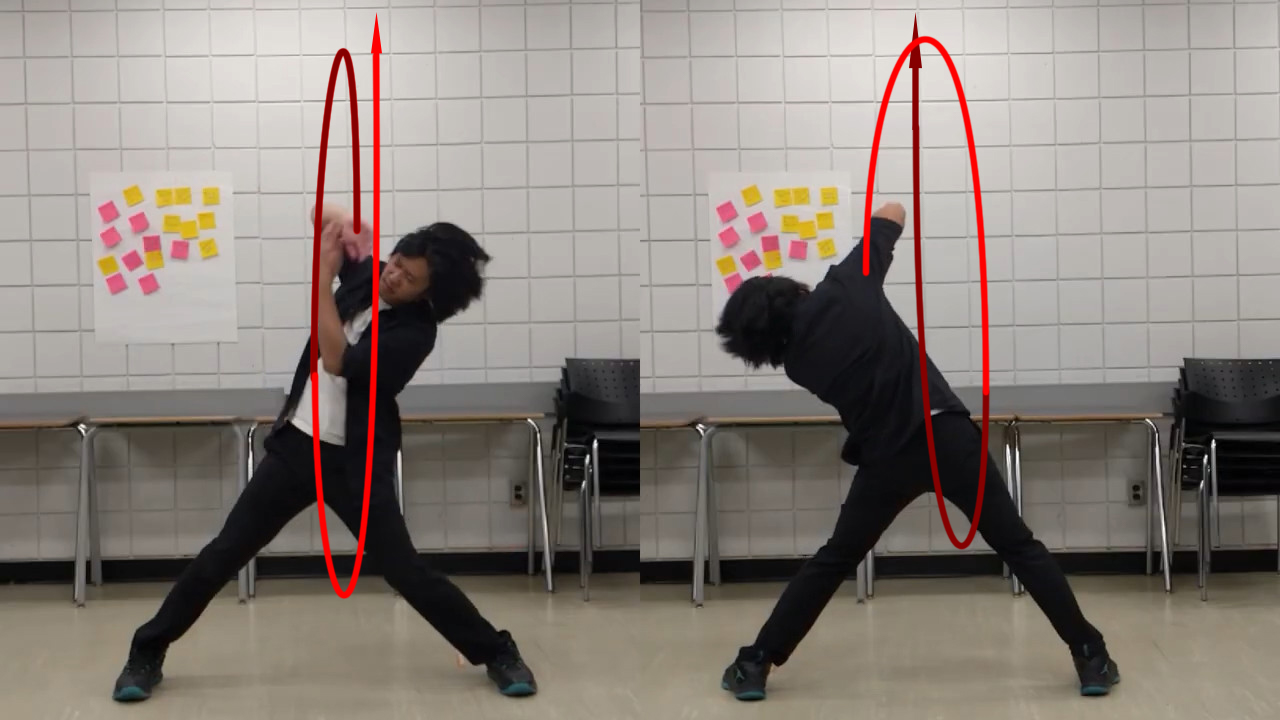
Spin and Spin
After Look at the Sky, your right arm should be up in the air above your head. After this, bring left arm upwards towards your right arm. As this is happening, rotate your body to the right (shifting your body weight in the process), and make a downward spinning motion with your arms. Refer to the image below for this initial movement, up to half of the first rotation.
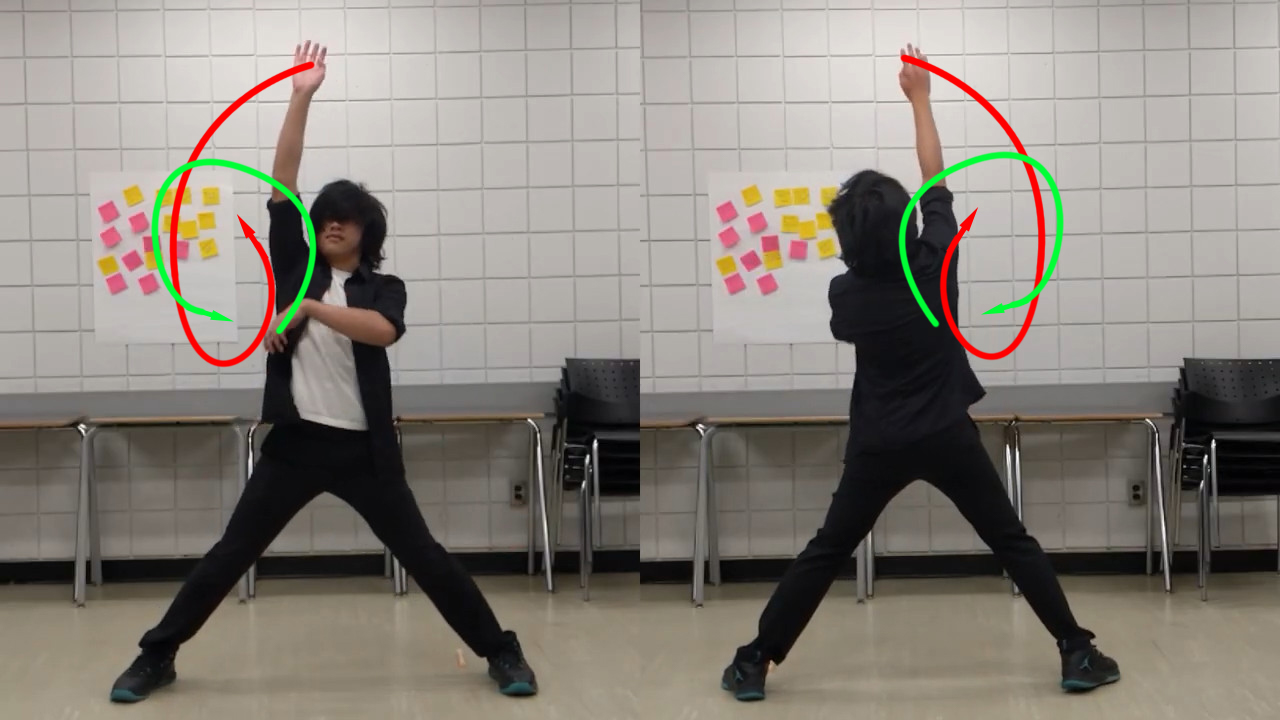
After about 2.5 rotations of your arms, seperate your arms pulling your right arm back preparing for the 4 thrusts.
4 Thrusts
After getting into the thrusting position from above, your right arm should thrust towards your left foot, while your left arm returns to your waist. This motion can be seen in the image below.
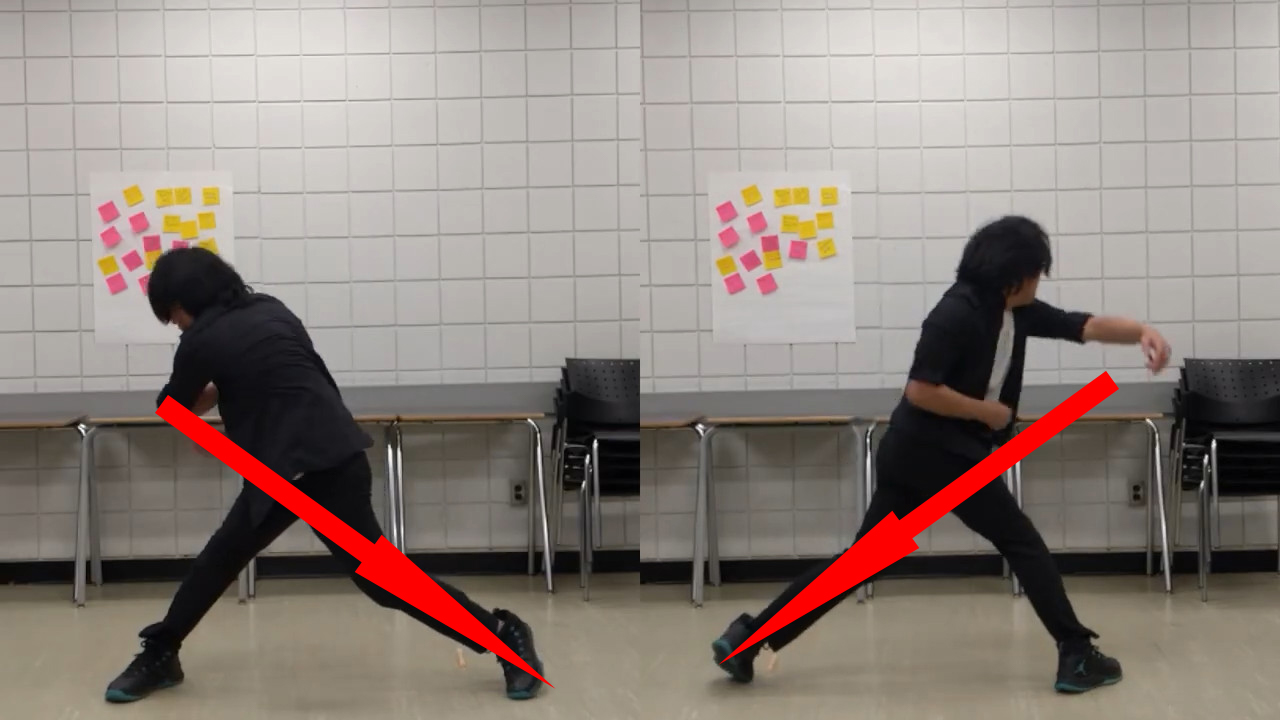
For the next thrust, pull your right arm back and simultaneously thrust your left arm towards your right foot. This is repeated with the right arm again, except instead of thrusting towards the left foot, the right arm is thrusted directly above your head. The next beat, your left arm is then thrusted above your head, following the right arm.
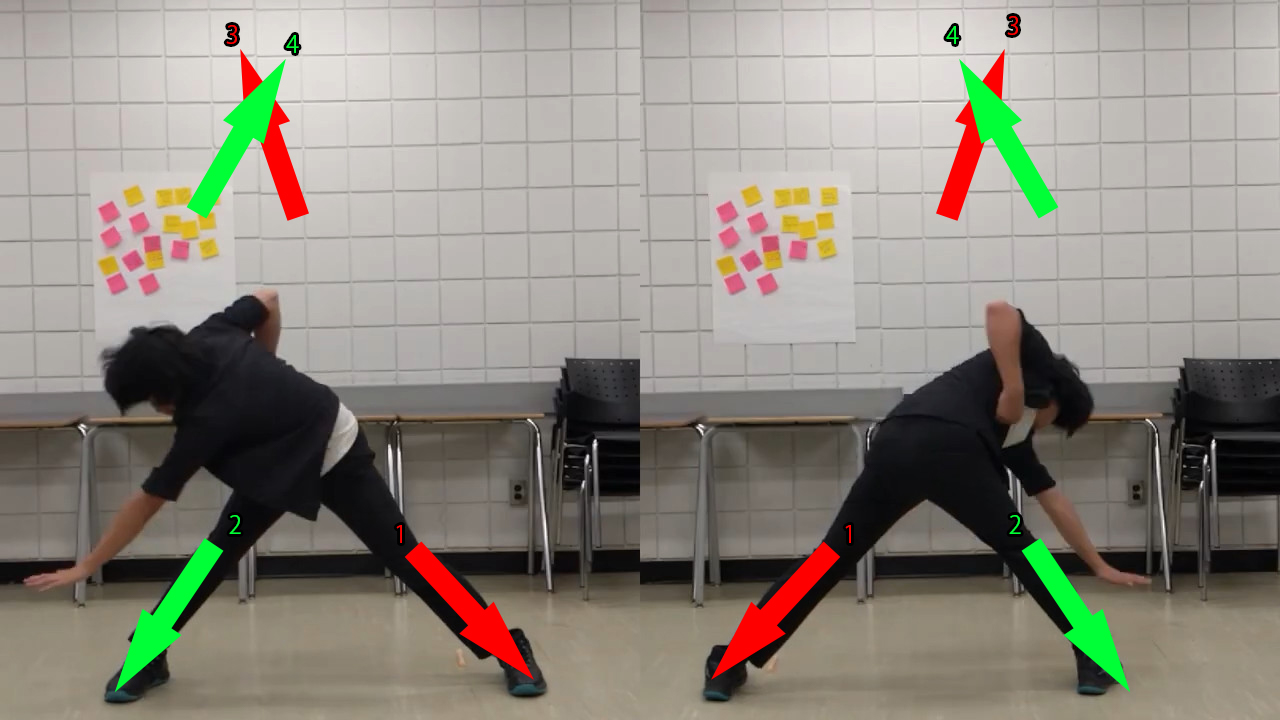
If your following into a Rosario after, during the final strike you may drop your right arm down to your side.
Important Points
- Try to make your first beat motion and transition into the spinning look seamless. There should be no sudden movements during this part. This important as it will create good contrast to the 4 thrusts.
- Rotate your entire body when you thrust. This will allow you to put much more power into the thrusts and give a sharper look.
Once you have put all of the above together, the result will look something similar to the following.
What Next?
Using OAD, Nihai Ohai and Soiya (4 Thrust) this forms the basic choreography for the A-Melo. Due to the length of the A-Melo the OAD set (6 OAD, Nihai Ohai, 4 OAD, Soiya) is usually repeated twice. After this, you move onto B-Melo, where you will be performing Rosario.